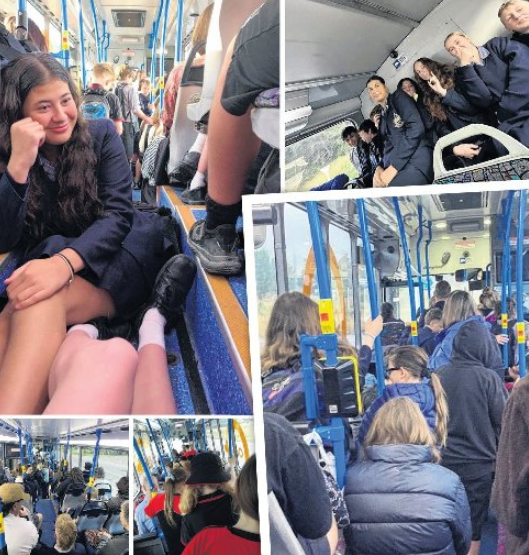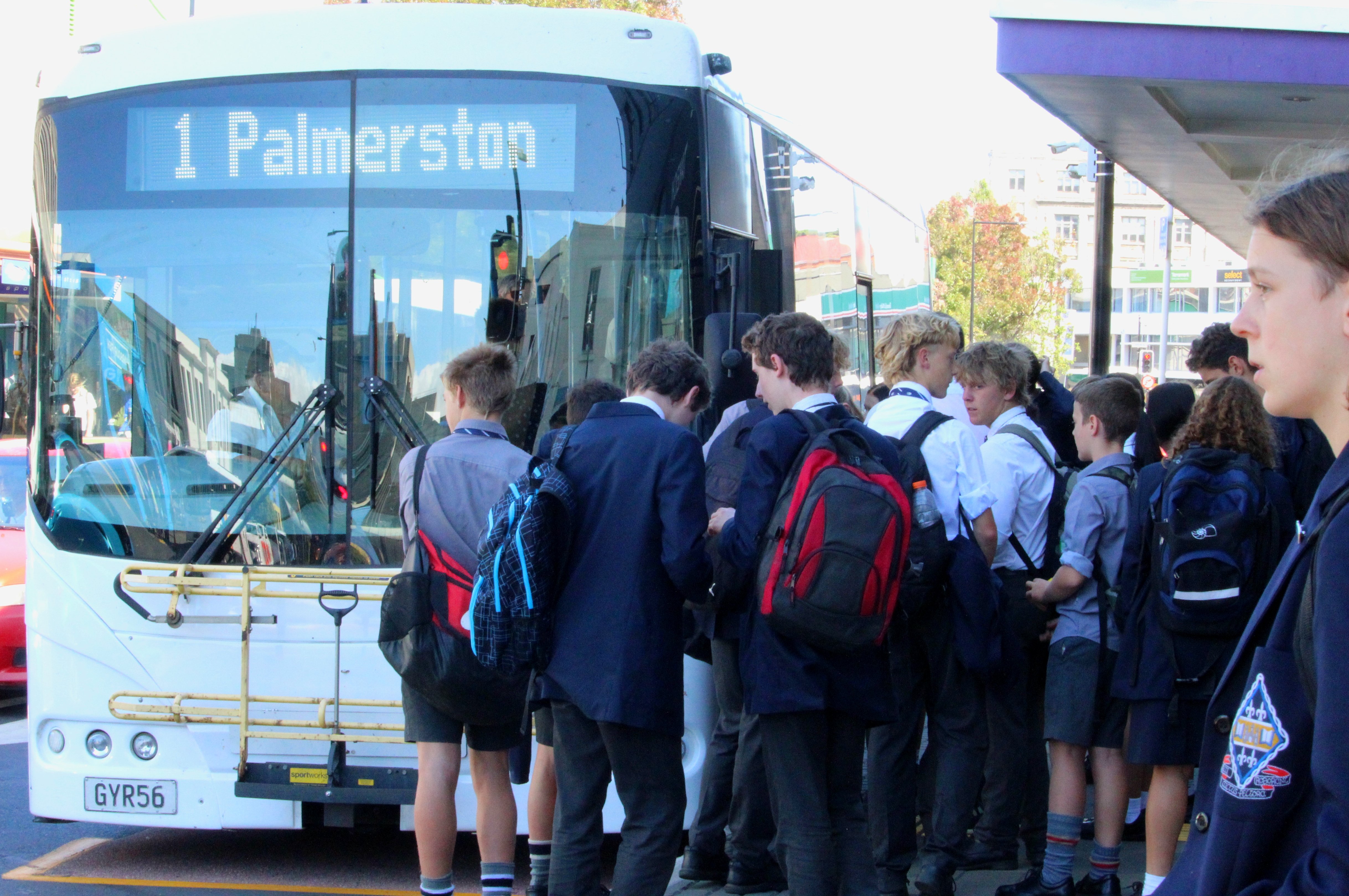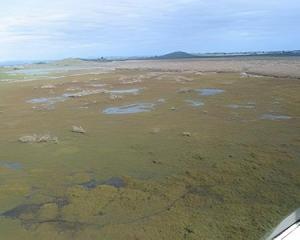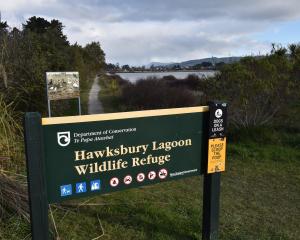
Departing Palmerston at 7am every week-day, the hugely popular morning bus picks up passengers at Waikouaiti, Karitane, Warrington, Evansdale, and Waitati on its way into Dunedin, where it drops people at Castle St and the bus hub.
Passengers on the Otago Regional Council public transport bus service include adults heading into town for work, and primary, intermediate and high school pupils - the majority travelling to Dunedin North Intermediate, Otago Boys' High School and Otago Girls' High School.
The Palmerston to Dunedin bus run had always been busy, but in the first weeks of the 2023 school year, things had got out of hand, with the bus often ‘‘chokka’’ by the time it departed Karitane, parents said.
Among them was Warrington resident Nikki Torbett, whose 14 year-old granddaughter took the bus to and from town to attend high school, and rarely, if ever, managed to get a seat.
‘‘Basically, every morning all the seats are taken and people - most of them children - are standing along the aisles all the way into town, which includes long stretches of highway, when the bus is going at open road speeds,’’ Ms Torbett said.
‘‘A lot of parents fear what could happen if something went wrong during the trip - it feels like a dangerous situation,’’ she said.
‘‘And the kids hate it too - they don’t like having to be packed in and standing up all the way into town.’’
Parent Lorna Fraser, who has three children on the bus attending three different schools - Otago Girls’ High School, Dunedin North Intermediate, and George St Normal School - said those riding the bus were ‘‘packed in like sardines’’.
‘‘It’s tough on the children, when they have massive heavy school bags, and are having to stand up on a winding and hilly open road,’’ Ms Fraser said.
‘‘It is a miracle if they can get a seat, while others are sitting on the steps by the door, or on each others’ laps.’’
Parents acknowledged the loading of the bus was legal under capacity rules, but remained worried about the potential consequences to those standing on the bus if something went wrong, or there was an accident.
Local residents and parents were so concerned they started sharing stories and photos on a private social media group, and were lobbying the Otago Regional Council, government departments, and the Waikouaiti Coast Community Board for greater passenger capacity on the route in the mornings and after school.
‘‘We just really need another bus on this run, especially in the mornings,’’ Ms Fraser said.

Board chairman Alasdair Morrison said the board had fielded many complaints from residents, and had passed them on to the Otago Regional Council, and had discussed the situation with them.
Contacted by The Star, Otago Regional Council transport implementation lead Julian Phillips said the buses used on the Palmerston to Dunedin route by contractor Ritchies had a specific standing capacity, which drivers were aware of.
‘‘The Palmerston route is nearly at capacity, and we are getting close to people having to be left behind,’’ Mr Phillips said.
‘‘Because of this, we have asked the contractor for an additional bus and driver to be deployed on the Palmerston run in the mornings and afternoons.’’
He hoped to have an answer on that in the next few days, but was ‘‘tentatively positive’’ about the outcome.
‘‘If we get that extra bus, we will be at sufficient capacity for the Palmerston route.’’
The Ministry of Education generally provided school bus services for children within the school zone, and special interest schools may have their own arrangements, but there were large numbers of school pupils in the north coast area needing to use the public transport service to get into town.
Bus patronage was up by 14% across the city, meaning a lot of demand was placed on the bus network, particularly at peak times for commuters in the mornings and afternoons, Mr Phillip’s said. Cruise ship passengers also added to the pressure.
‘‘There has been an explosion of bus use, particularly on the Palmerston and Mosgiel-Green Island runs,’’ he said.
Covid-19 infections also remained an issue for bus drivers, affecting the number of trips that could be managed each day.
BRENDA.HARWOOD @thestar.co.nz














